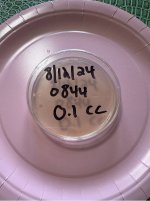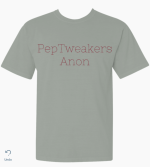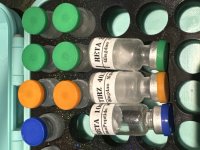There are number of things I would add to the "obsessed with purity" argument.
Not to reveal much about myself, but I have a close family member who works in a very scientific aspect of this medical field, and I am able to ask this person a fair number of questions that I think people may not know:
- I have been told that there have been a number of impurities that have been identified in the 3-5% range that can (and have) caused very detrimental effects within different materials produced. Obviously this is material dependent, but it still speaks to "what is a safe purity" as kind of a mixed bag. I personally would not inject into anything a 95% purity of anything, that screams irresponsible to my personal risk profile.
- My personal profession involves understanding the cost/benefit curve for many aspects. Understanding that going from 99.9X% purity to 99.99% purity may cost 10X of the investment than to go from 99.X% to 99.9%, asymptotic curves are real in quality. As
@dionysos stated, we essentially have proven through independent testing that vendors are capable of producing 99.X% product without any measurable impact on cost if proper procedures are followed, so why accept less at this point?
If for some reason, there were a manufacturing issue where the maximum % purity would only be like 95% (as in there was a yield issue or some kind of built in defective design), then hopefully we would be able to identify the impurity, and gauge it's percentage in the overall design of the product, maybe then we would be "ok" with a 95.X% purity of ideal product, and 4.X% of identified, but non-ideal byproduct






